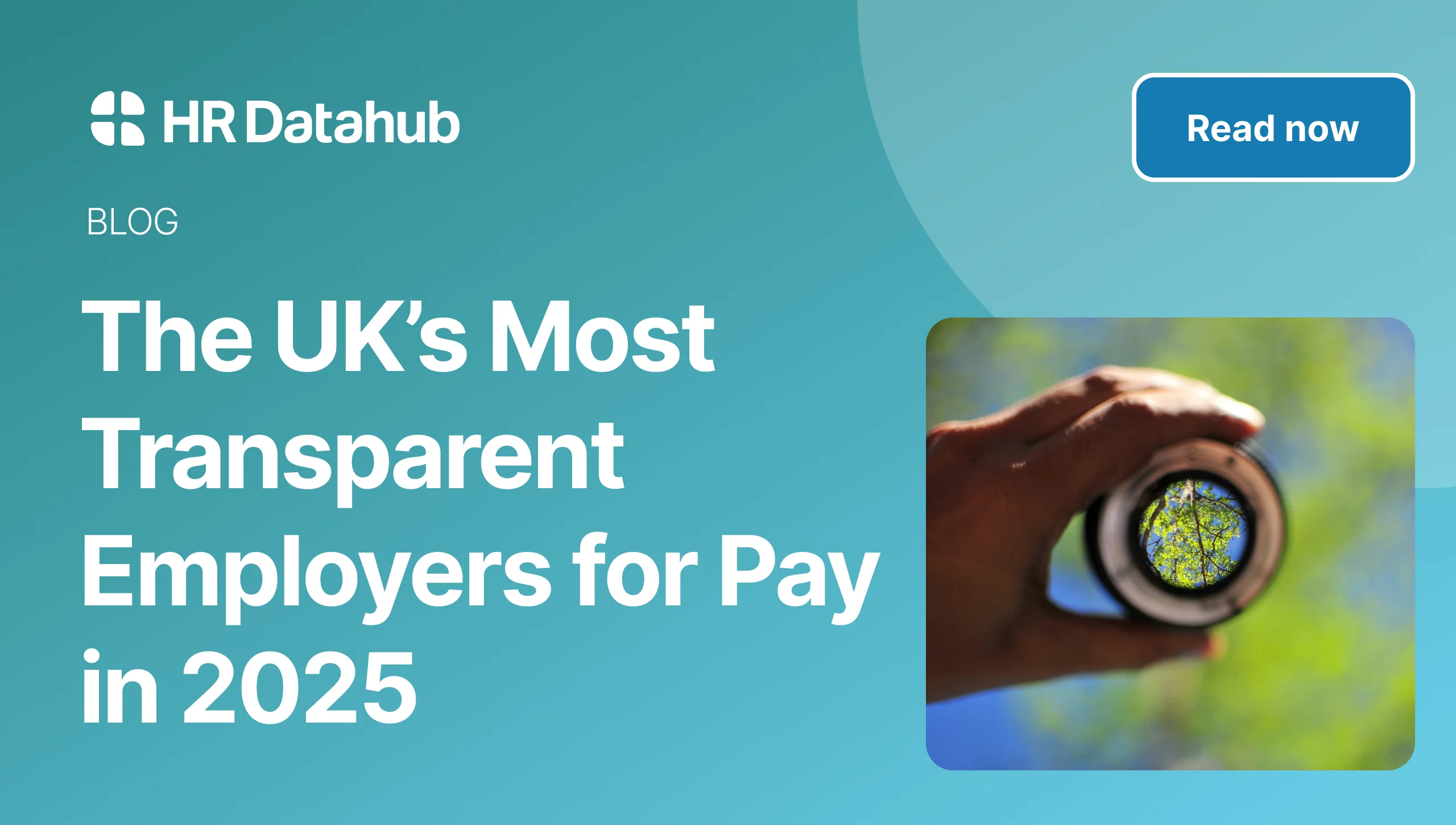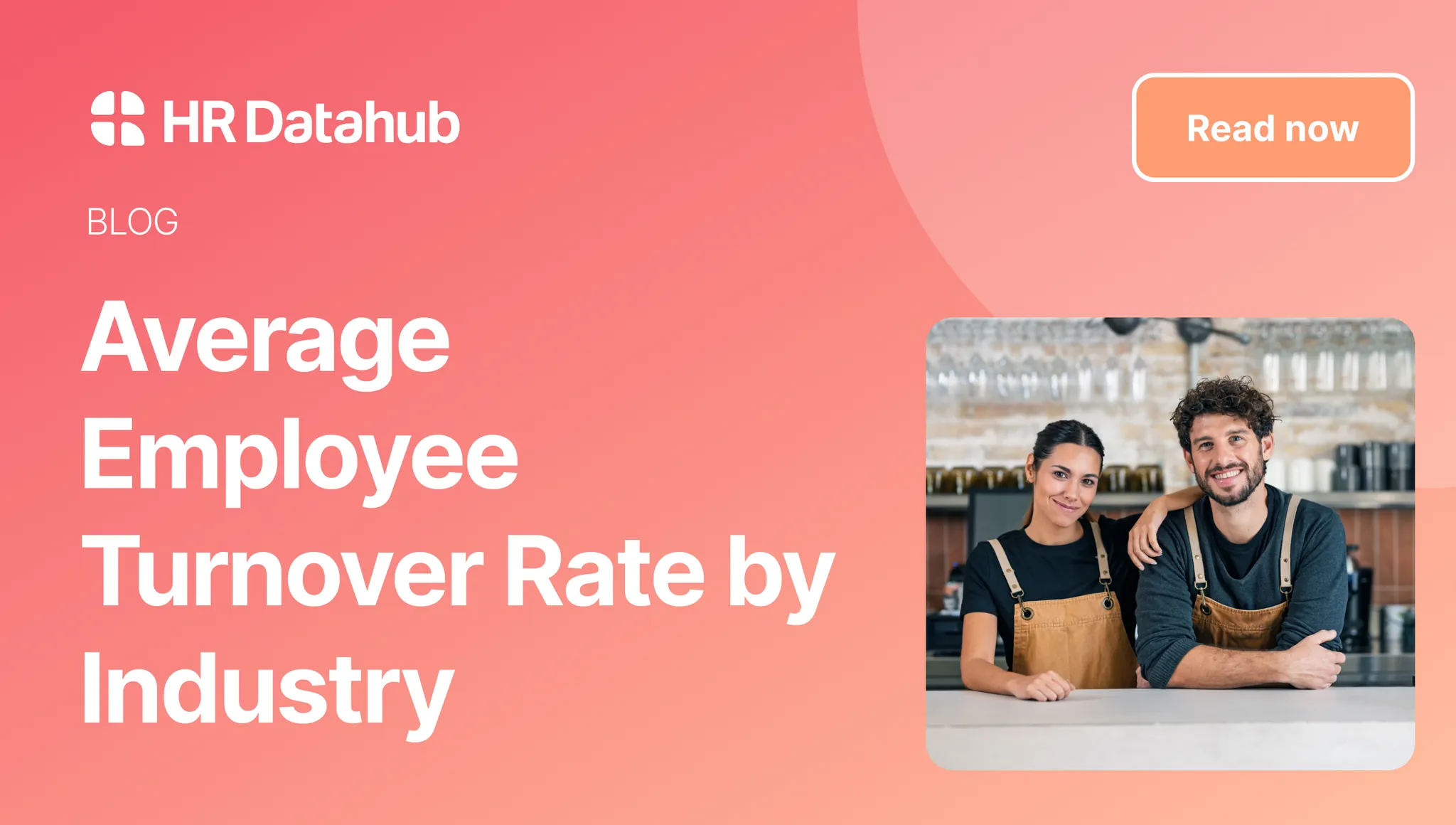

July 4, 2022
July 4, 2022
Diversity, Equality and Inclusion: 9 Truths You Can’t Ignore

Published by:
David Whitfield
,
CEO & Co-Founder
,
HR DataHub

Reviewed by:
Alexa Grellet
,
COO & Co-Founder
,
HR DataHub

7
MIN READ time

As central as diversity, equality and inclusion topics are to the workplace, no one is denying that it is a big beast to tackle. And we appreciate that it can feel overwhelming.
Especially when you’re trying to please senior leaders who have high expectations. And, little to no understanding of the deep work required.
This blog reveals nine diversity, equality and inclusion truths that everyone in the workplace needs to know.
Not only will this list help you to dispel myths around diversity and inclusion (D&I)...
But it will also help leadership teams truly understand more about what it takes to create equal workplaces.
And why genuine commitments really matter.
Let’s get to it.
A D&I strategy is more than an HR issue
We know D&I gives organisations a strategic advantage. This is why it is surprising we still see so many classing it as an issue purely for the HR department.
The truth is, one-off initiatives - those that merely tickle deeply embedded disparities in the workplace - will never create truly equal workplaces.
D&I strategy is far more than just an HR issue.
D&I should be at the centre of an organisation’s culture.
Piling the responsibility of change onto HR is an ineffective and fruitless way to tackle one of the greatest challenges of our time.
D&I targets are worthless without data
D&I targets are great.
And they can prove to be an incredible driver of diversity, equality and inclusion in the workplace.
However, D&I targets will only work if they are built on data.
That’s data that illustrates the true makeup of, and true problems within, a workplace.
More and more, leaders are setting outlandish and unrealistic targets, with little consideration of how to reach them.
Not only does this perpetuate a history of over-promising and under-delivering on matters of diversity, equality and inclusion.
But unrealistic targets - usually those that are drawn up to create punchy marketing copy - can have a negative impact, particularly on employees.
When targets are so out of reach, it can be demoralising for those trying to deliver the results.
Plus, ill-thought-out targets can leave employees feeling sceptical and may lead to distrust in leadership.
It is no understatement to say that setting baseless targets can be more damaging than setting no targets at all.
Even well-thought-out targets are imperfect.
It’s important to recognise that even well-thought-out targets are largely imperfect.
And that’s because targets often focus on overall numbers and don’t account for the cultural change needed to create a genuinely equal workplace.
Let’s be totally clear: meeting a target does nothing if the culture of a company does not change.
This brings me onto my next point: quotas.
A quota can cause more harm than it can do good
Around half of organisations use quotas.
And yet, quotas are consistently rated the lowest effective measure to improve diversity, equality and inclusion in the workplace.
The reality of quotas is that, despite the good intent behind them, they tend to create a lack of trust in the recruitment and promotion process.
And as a consequence, quotas can be a damaging tactic.
In fact, in an ideal world, quotas would not be needed because an organisation's talent progression strategy should be robust enough to ensure everyone has a free and fair opportunity.
Instead of quotas, organisations could opt to build targeted recruitment and development strategies.
What makes this strategy different is because it is about trying to secure diverse talent, rather than force it in.
Gender pay gap reporting is not the same as equal pay
Gender pay gap reporting has been a legal requirement in the UK for organisations with an employee count of 250 or more, since 2017.
Inarguably, gender pay gap reporting is a positive legislation.
Not only does it help to highlight disparities within a workplace, but it also forces an organisation to do something to address gender inequality.
In reality, we know that without legislative pressure, the majority of companies will not voluntarily step up to report (more on that to come).
But here’s the issue with gender pay gap reporting…
Gender pay gap reporting is often misunderstood to be the same as equal pay.
Let’s set the record straight:
Gender pay gap and equal pay are not the same thing.
Despite the many benefits of gender pay gap reporting, it is not a good measure of pay within a workplace.
In our opinion, gender pay gap reporting is imperfect because it’s based on a binary understanding of gender.
Overall, it is a non-inclusive and regressive appreciation of what gender is.
A better - more substantive way - to measure equal pay would be to look at pay differentials.
In fact, measuring pay differentials should be a key focus for any organisation that is serious about diversity, equality and inclusion in the workplace.
You need to go beyond legislation to make a difference on diversity, equality and inclusion
If one thing’s for certain:
The only way to guarantee commitment from organisations on matters of diversity, equality and inclusion, is to legislate.
Because without legislation, leaders can wriggle out of accountability, safe in the knowledge that they will not be formally penalised.
In truth, the figures are there to prove that mandates are the only way to create substantive change.
For example, unlike the gender pay gap, there is no legal requirement for companies to publish ethnicity pay gap data.
When we analysed the number of organisations that have reported their ethnicity pay gap in the UK between 2018 and 2021, the results were baffling.
Not only did we find that the number of organisations to report has been incredibly low.
But we also discovered that reporting was highly inconsistent and declined substantially in 2021.
It begs the question, why has that commitment disappeared when the need for change is so great?
Additionally, in March 2022 - and despite years of campaigning by MPs, firms and lobby groups - the government announced it would not mandate ethnicity pay gap reporting.
Instead, it would keep it as a voluntary measure.
Quite frankly, the decision is a mystifying one, especially because it is widely acknowledged that reporting pay gap data is a key tool to creating more equal workplaces.
Don’t let a lack of mandate stop you from reporting
Because although the government is not holding you to account, others are.
Talent will leave if you cannot prove your commitment to D&I
It is deeply saddening that it took the killing of George Floyd in 2020 for much of the business world to realise the huge inequalities that have always existed.
The events of 2020 were certainly a catalyst for change on matters of diversity, equality and inclusion.
It was the year that employee capitalism rose like a phoenix from the ashes and, in turn, organisations pledged like never before.
Let’s not forget though that studies have long acknowledged the strong and deeply embedded link between employee engagement and diversity.
Two-years on and employees are holding their organisations to account on the pledges they made.
However, it would seem that much of the work that organisations committed to has not taken root.
One survey in 2021 showed that although 93% of leaders agreed that the D&I agenda is a top priority, only one-third (34%) believe that it is a strength in their workplace.
Various studies have highlighted that organisations see diversity, equality and inclusion as a tick-box exercise.
In other words, they are undertaking work as a matter of necessity, and not because they have a drive to make real change.
And one survey re-affirmed this hypothesis - while 78% of Black professionals believe senior leaders’ D&I efforts are well-intentioned, 40% hear more talk than action and have not noticed material changes to policies or culture.
Let me tell you, employees are not willing to turn a blind eye to empty promises.
If an organisation cannot prove with evidence that, either:
It has made substantial progress on matters of diversity, equality and inclusion.
Or, it has a plan in place to make change happen.
Talent will have no qualms about joining an organisation that can.
And it’s not just employees who are loyal to organisations that promote and commit to equality…
Consumer loyalty comes from addressing social inequities
Organisations with diversity, equality and inclusion at their core will improve customer willingness to buy.
Study, after study, after study has proven this to be true.
In fact, when the Female Quotient partnered with Ipsos and Google to survey nearly 3,000 consumers of various backgrounds, they gained a better understanding of perceptions around diverse or inclusive ads.
Overally, they asked respondents about the factors they think are important for a brand’s ad campaign to be considered diverse or inclusive.
What did they discover?
Well, to quote Shelley Zalis, CEO of the Female Quotient:
“We learned that people are more likely to consider, or even purchase, a product after seeing an ad they think is diverse or inclusive (in reference to the 12 categories discussed in this study). In fact, 64% of those surveyed said they took some sort of action after seeing an ad that they considered to be diverse or inclusive.”
Other statistics of note from the same survey include:
- More than two-thirds (69%) of Black consumers are more likely to proactively seek out a brand with advertising that positively reflects their race/ ethnicity.
- 71% of LGBTQ consumers are more likely to trust a brand with advertising that authentically represents a variety of sexual orientations.
- 67% of LGBTQ consumers are more likely to feel positively toward brands with advertising that demonstrates that men and women have the same capabilities and roles.
You cannot brush the reality of consumer capitalism under the carpet.
Because - to quote Sam Smith in their epic Spectre theme - “the writing’s on the wall.”
Employees expect the CEO to spearhead diversity, equality and inclusion.
It is not enough for a Chief Diversity Officer to be the only senior pushing the diversity, equality and inclusion agenda.
Whilst they may be the strategist behind a company’s D&I programme, it is the Chief Executive Officer (CEO) who must position themselves as the champion of diversity.
Why?
Employees are looking to be led by example.
They want to see that the leader in the pack is the one taking ultimate responsibility to make headway toward goals.
Final thoughts
Don’t forget, there are real risks that come with baseless or ill-thought-out pledges on matters of diversity, equality and inclusion.
Aim high, yes. But remember that it pays to be realistic.
Lastly, spend time focussing on the tactics that are proven to make change, and never lose sight of the purpose.
TABLE OF CONTENTS



.jpg)

